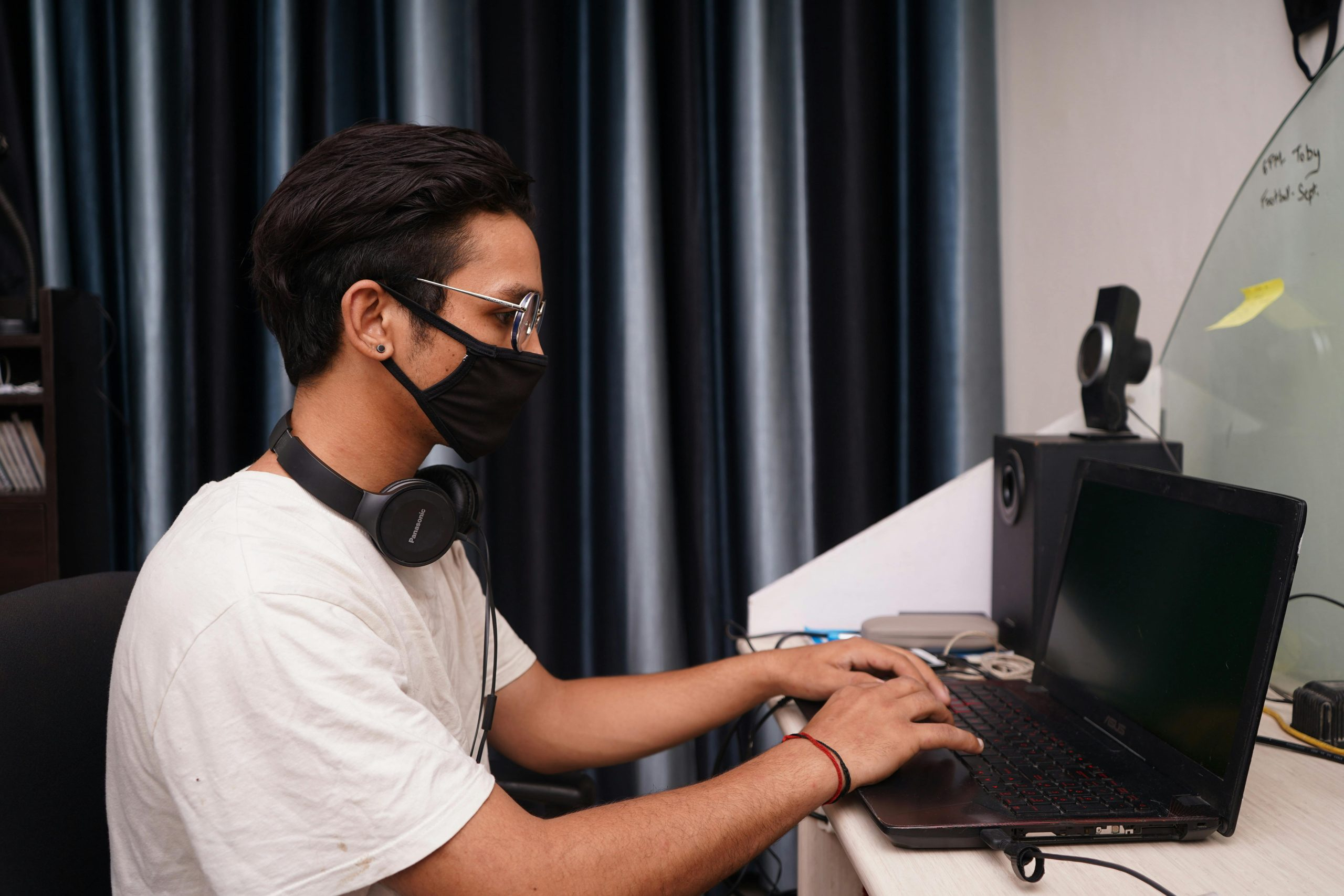Affordability and Accessibility: Making Smart Home Tech Available to All
The rise of smart home technology has transformed the way we live, making our homes more efficient, secure, and convenient. From thermostats that learn our behaviors to voice-activated lights, these advanced devices have become an integral part of our daily routines. However, for many people, the concept of a smart home remains out of reach due to cost and accessibility barriers. But what if we could make smart home tech available to everyone? In this article, we will explore the challenges of affordability and accessibility in the world of smart home technology and how we can work towards making it available to all.
Understanding the Affordability Gap
The cost of smart home technology has been a major barrier for widespread adoption. When it initially entered the market, smart home products were expensive and considered a luxury item for the affluent. Even though the prices have significantly dropped over the years, they still remain out of reach for many households. The high price is often attributed to the advanced technology and the convenience it offers, but the reality is that the cost is a result of the market demand for these products.
The Role of Competition
The smart home market is highly competitive, with new devices and brands entering the market every day. This competition has led to a race in terms of innovation and features, resulting in higher costs. Companies invest heavily in research and development to stay ahead of their competitors, and inevitably, these costs are passed on to the consumers. As a result, the cost of smart home products has remained relatively high, creating a barrier for those who can’t afford them.
The Cost of Installation and Maintenance
Another factor that contributes to the affordability gap is the cost of installation and maintenance. Smart home products often require professional installation, which can add significant costs to the overall price. Furthermore, maintenance and upgrades can also come with a hefty price tag, making it difficult for many consumers to keep up with the fast-paced technology.
Breaking Down the Accessibility Barriers
Apart from affordability, accessibility is another major hurdle in the widespread adoption of smart home technology. For individuals with disabilities or older adults, using smart home devices can be a challenge. Yet, these are the very people who could benefit the most from these technologies.
Limited Functionality for People with Disabilities
Most smart home devices are designed with able-bodied individuals in mind, making it challenging for people with disabilities to use them. For example, someone with limited hand mobility may struggle with the small buttons and touch screens on smart home devices. This lack of customization and limited functionality makes these products inaccessible for individuals with disabilities, creating a barrier to their adoption.
Complexity for Older Adults
While technology has made our lives easier in many ways, for some older adults, it can be overwhelming and complex. The learning curve for using smart home devices can be intimidating, leading many older adults to shy away from this technology. As a result, they are left out of the benefits that come with a smart home. This gap in technology adoption can also lead to feelings of isolation and exclusion, further widening the accessibility gap.
The Road to Affordability and Accessibility for All
For smart home technology to become truly accessible to all, the industry needs to address the challenges of affordability and accessibility. While there is no immediate solution, there are steps that companies and individuals can take to make smart home technology available to everyone.
Focus on Functionality
Companies can work towards designing smart home products that are functional for people with disabilities. This can include features such as voice-activated controls and larger, easy-to-press buttons. By making these devices more user-friendly for individuals with disabilities, the industry can bridge the accessibility gap.
Invest in Research and Development
To lower the cost of smart home technology, the industry needs to invest more in research and development. By finding ways to produce these devices at a lower cost without compromising the quality and features, they can make them more affordable for everyone.
Education and Awareness
Finally, education and awareness play a vital role in breaking down the barriers of affordability and accessibility. By educating consumers about the benefits of smart home technology and how it can be tailored to their specific needs, we can eliminate the fear and confusion surrounding this technology.
The idea of a smart home should not be limited to a certain demographic but should be available to all. By addressing the challenges of affordability and accessibility, we can make smart home tech more accessible, creating a more inclusive and efficient living environment for everyone.




